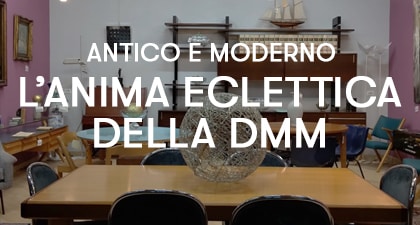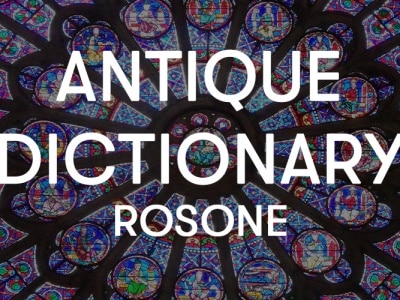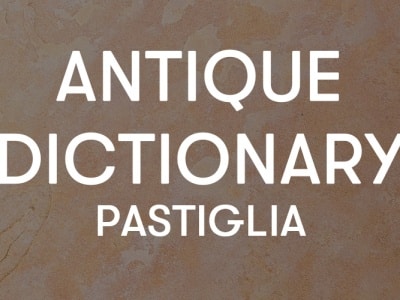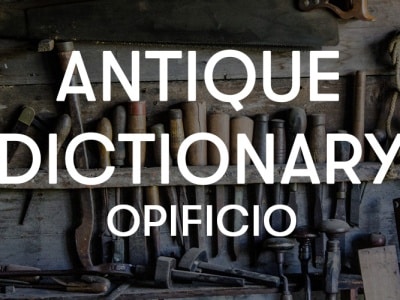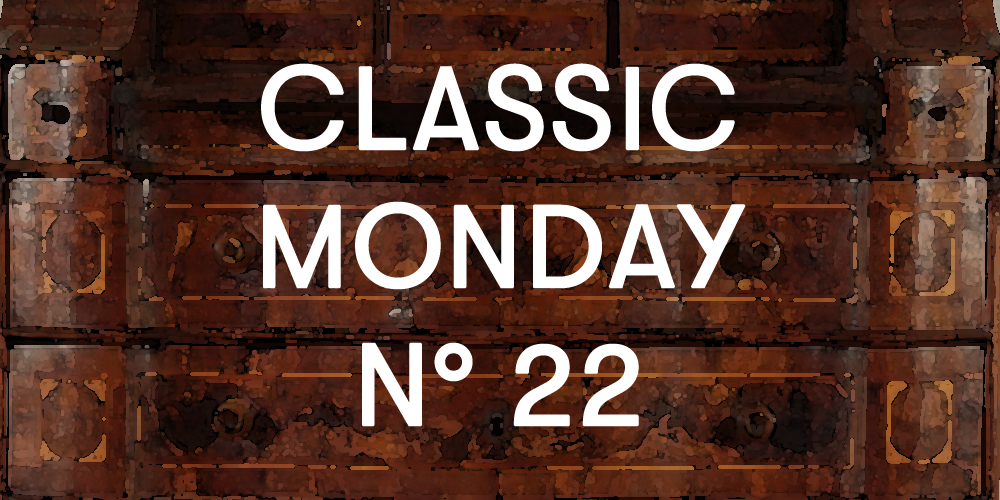
The protagonist of today’s Classic Monday is a flap chest of drawers, an expression of the Veronese taste of the eighteenth century, made in the second half of the century.

The flaps made in this geographical area were in fact characterized by the presence of “shoulders”, obtained by the modulation with curved lines of the upper part of the side pillars. This movement is often also taken up in the front, which in our case has in fact three drawers moved like a leaf spring. These are dominated by the limelight, framed within the two shoulders, which hides a scrawl consisting of six drawers. Of these, the side ones give access to secrets hidden by the wavy uprights. A further secret is accessible by a sliding door located in the plane of the limelight. The presence of so-called secrets, hidden holes whose access mechanism is well concealed by the components of the furniture or by the decoration, was not at all unusual. The artisans used to make them, and often they were even requested by the clients themselves, in order to hide private letters, jewelry and valuables.
According to the Rococo taste declined in the Venetian version, our flap furniture shows particular attention to the chromatism of the surfaces, obtained through the use of specially chosen woods.
The dresser is in fact embellished by inlays that further mark its shapes, both on the front and on the sides. The light-coloured maple and cypress threads contrast with the darker briar used for veneer. Even the use of this last essence, particularly veined within the mirrors, helps to further enliven the decoration. The refinement of the furniture is such that the ornamental motif in reserves is also proposed in the scarabattolo hidden from the limelight.
Of particular value, however, is the inlay on the outside of the limelight itself. Within a reserve, two vegetable volutes unfold symmetrically and act as a support for two perched parrots. These birds were very recurrent in the fresco decorations of large palaces, such as elegant animals but above all for their exotic character, much appreciated.
Our furniture is characterized, as already mentioned, by great attention both in the construction and in the realization of the details.
The drawers are made of staves firmly consolidated from the upper band and the bottom, a sign of a great knowledge of construction practices, certainly the result of a skilled craftsman. Of great value are also the locks, in wrought iron, engraved on the back with a diamond motif.
The possible comparisons with the furniture produced in Verona, but also the distant reference with those of Trentino production, characterized by a more rigid and massive presence, allow us to affirm that our flap drawer was produced in the upper Verona area, in an area close to the border with nearby Trento. Trentino furniture, however, is characterized by more square and squat shapes, not fully recognizable in ours, but which inevitably influenced its realization.













